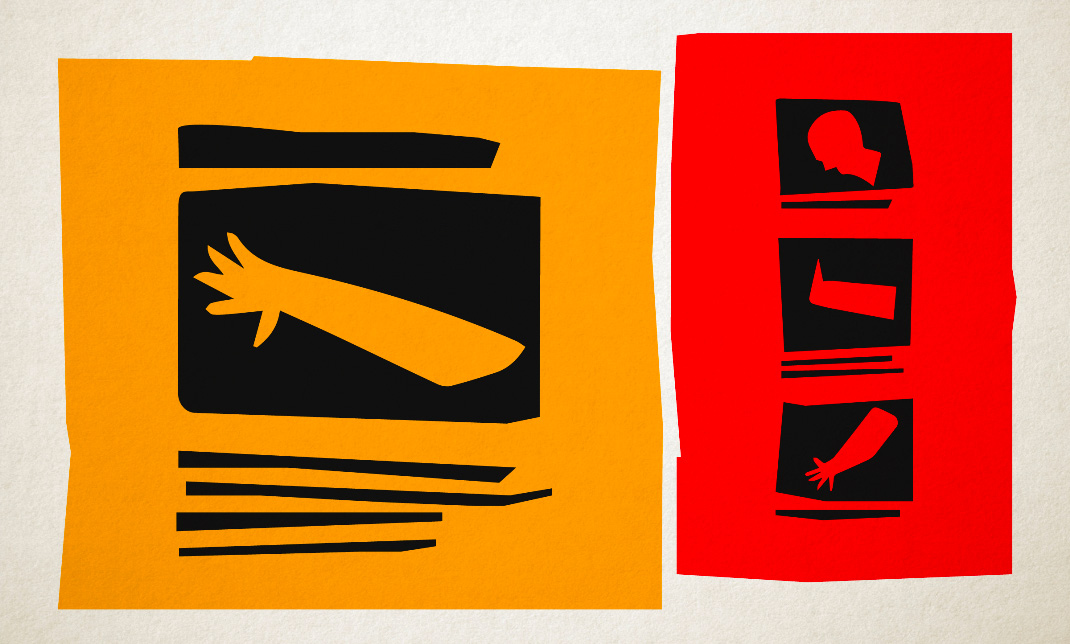Drive Your Digital Product with a Single Compelling Statement
3 min read
Years ago, I attended a lecture from graphic design luminary Bob Gill. Even though Gill, now 89, is a traditional designer and illustrator, his ideas on design problem statements forever changed my approach to digital product strategy and design.
His revolutionary notion was quite simple. If you want to create something compelling and interesting, you must frame the problem you’re out to solve in a compelling, interesting way. All graphic designers make such statements. Gill’s are always a cut above, altogether brilliant. And his work is commensurately fantastic.
Failed Statements
Below-average interactive products are the rule, not the exception. There are many reasons for this (failure has many fathers), but the trouble begins with framing purpose clearly. Sites, apps, and software products are often defined and governed by statements of purpose, but the mere presence of a statement doesn’t guarantee success.
All too often, guiding statements are painfully trite and presented in feeble, boilerplate business-speak.
- “Build a site that encourages repeat visits and engages customers with data.”
- “Move the existing green-screen app to the web.”
- “Make our new intranet easier to use.”
- “Launch an MVP product by the end of the third quarter.”
Inspiring stuff. And yes, these are all real.
Think Harder
It is far easier to create something great when you begin with something provocative. If you say, “Build a huge mansion in the North Carolina mountains,” you’ll get a big, expensive mansion. If you demand, “Build a lavish palace that proves to European aristocrats the American century has arrived in power and glory,” you’ll get the Biltmore Estate.
Original, foundational statements should say something new. Or at least they say something familiar in an entirely new way. This requires serious, careful thought, which cannot be commoditized or packaged. The best digital product statements have multiple themes in common.
They are concise, simple, and short.
Limit yourself to one or two sentences (preferably one). This constraint will force you to be precise and to create something anyone can memorize.
They capture the essence of your strategy.
Everyone (customers, employees, executives) must instantly understand the problem your product or service is seeking to solve. Later, they should easily judge your success based on your statement.
They connect to real-world use.
The best statements merge user needs with corporate goals. You will never go wrong when your focus in on users.
They are unfailingly interesting.
Great statements are fascinating. They demand attention. Going beyond the commonplace inspires the creation of great products.
Revised Statements
Let’s revisit two of our pitiful examples and revise them.
Website
- Lifeless Goal – “Build a site that encourages repeat visits and engages customers with data.”
- Powerful Statement – “Foster connections: to friendly people, locations full of community energy, and hand-selected, best-in-class merchants. Make retailers think they’d be crazy not to be a part of that.”
Intranet
- Insipid Wish – “Make our new intranet easier to use.”
- Rallying Cry – “Burn the current intranet to the ground and introduce an entirely new, renamed, friendly, self-service productivity tool.”
Each revision is the product of painstaking research, effort, and expertise. The new statements are deeply connected to both strategy and users.
Challenge Yourself
If you want to make better digital products, start with an original, dynamic statement of purpose. Call it whatever you want. We used to call it a creative challenge. Now we don’t call it anything at all. We just state it.
The most common things can be made decidedly fascinating if you look at them hard enough. So push yourself. Give defining statements your utmost time and attention. Agonize over them. Tweak them again and again and again. Do this, and your chances of creating stellar digital products will increase dramatically.





